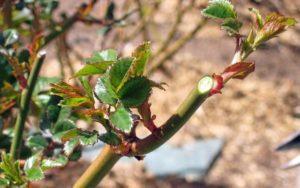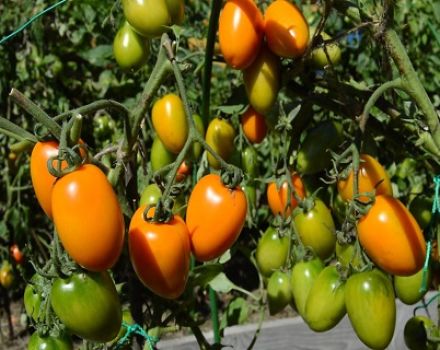Description and rules for growing floribunda rose varieties Kimono
The kimono floribunda rose is considered a popular ornamental plant. This culture is characterized by lush flowering and is actively used in landscape design. To achieve success in its cultivation, it is recommended to choose a comprehensive care. It should include timely watering, fertilization, pruning. The culture must be covered for the winter and protected from disease.
Description and characteristics of rose Kimono
Roses of this variety have certain characteristics. The culture is a flat bush that reaches a height of 95 centimeters. It has many branches covered with small leaves of a beautiful green hue.
The culture tolerates rainy weather very well. At the same time, the buds retain their decorative properties, becoming only brighter. The flowers bloom in large clusters, each of which has 5-20 buds. The plant is capable of blooming twice during the season.
A characteristic feature of the culture is frost resistance. It is best planted in sunny areas. In shady places, the flowers become pale. Depending on the number of clear days, the color of the inflorescences changes from pink to scarlet.
The main pros and cons of the variety
This culture has many benefits:
- excellent decorative properties;
- the ability to combine with other plants;
- abundant flowering;
- long flowering almost until frost;
- resistance to frequent precipitation.
The main disadvantage is the tendency to develop certain pathologies and pest damage. Kimono rose is prone to black spot, rust, powdery mildew. There is also a risk of shoot cancer. Of the pests, the plant most often suffers from aphids.
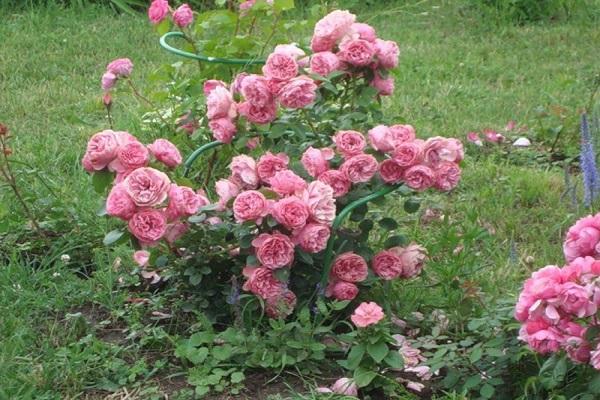
How to grow a rose correctly
In order for the culture to grow and develop normally, it needs timely and high-quality care and proper planting.
When and where to plant
It is recommended to plant the kimono rose in sunny places. It is best to choose sandy or loamy soil. It is important to use a soil that is pH neutral. The acidic soil is made alkaline with lime.
Planting work is recommended in the fall. If spring planting is planned, it should be done in April.
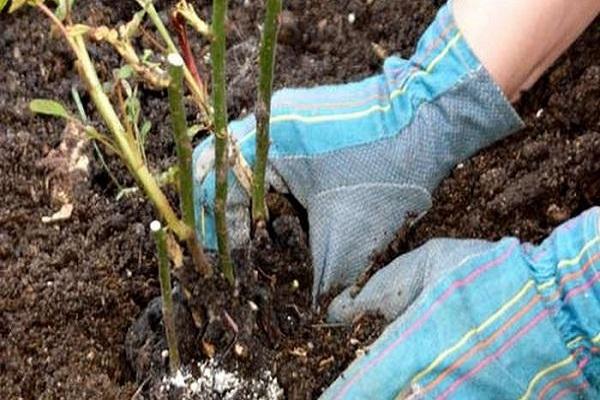
Sapling selection
Before starting the planting process, it is worth choosing the right seedlings. The bush should have 3 lignified shoots covered with green bark.It is important to ensure that there are no damaged areas on the plant.
A strong root system with a large number of thin roots is also important. It is also worth paying attention to the condition of the root collar. It should be no more than 8 millimeters in diameter.
Landing technology
Planting a plant is permissible in different ways. In the first case, it is worth making a depression and placing some fertilizer on the bottom. While holding the plant, it is recommended to spread the root system and sprinkle it with earth. Compact the soil and water abundantly.
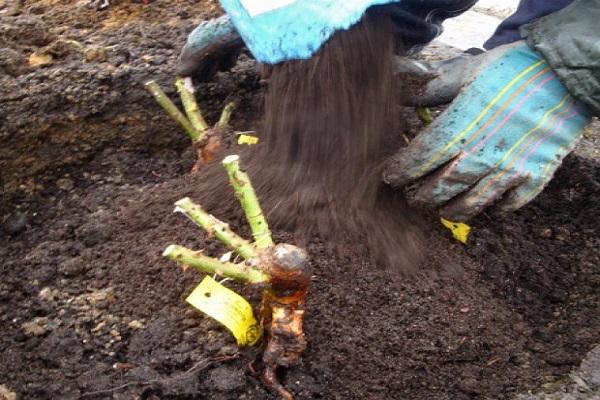
In the second method, it is necessary to dissolve Heteroauxin and sodium humate in a bucket of water. Water the recess with the resulting liquid, immerse the seedling in it and sprinkle it with earth.
Features of flower care
To achieve the full development of culture, it is worth taking care of it properly. It is recommended to take into account a number of features.
Watering rules and humidity
Rose Kimono requires abundant watering. This is especially true during the summer season. The soil under the bush should be slightly damp all the time. It is strictly forbidden to water the crop during the day in direct sunlight. To moisten the soil, it is worth using settled water.
It is recommended to avoid getting water on the leaves when watering. It should be poured in a thin stream under the roots. In the second half of summer, it is recommended to reduce the number of waterings. With the arrival of autumn, soil moisture must be abandoned. Otherwise, there is a risk of new shoots appearing, which may die in winter.
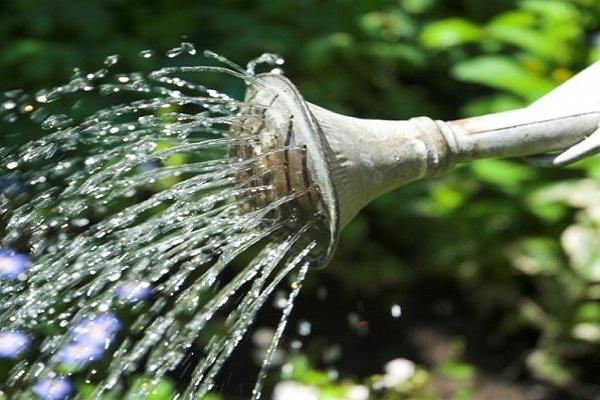
If the soil is very dry and there is no rain for a long time, it is recommended to water the bush 1-2 times a week. Leaving it dry for the winter is not worth it.
Top dressing and soil quality
During budding, the rose should be fed with a solution of cow dung. This will ensure lush bloom. In the fall, fertilizers will have to be abandoned. During this period, the plants begin a dormant period.
Pruning and replanting
The crop is pruned for the first time in the spring. At this time, it is recommended to cut off damaged shoots and save 5 buds. Summer pruning helps prolong flowering. The last time the procedure is performed in the fall. But this is not worth doing in the first year of growth. It is not recommended to transplant the plant without urgent need.
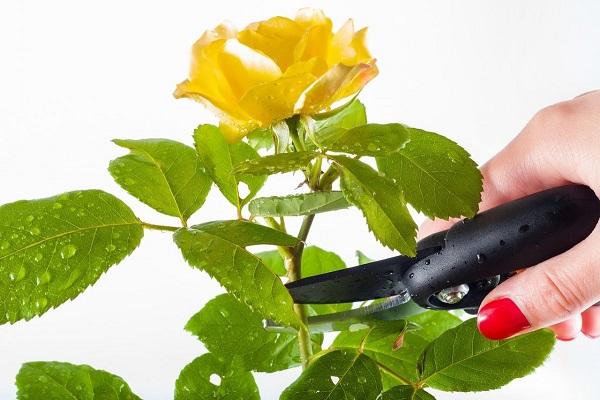
Features of wintering a flower
In areas with a harsh climate, the rose must be covered for the winter. To do this, you can use spruce branches and thick film. With the arrival of spring, the building must be ventilated.
A period of activity and rest
From spring to autumn, the rose is in a state of activity. It grows and develops. This process is accompanied by abundant flowering. With the arrival of cold weather, a period of rest begins. It is not recommended to water and feed the plant at this time.
During and after flowering
After planting in spring, flowering of the culture begins in late summer. However, in the first year, quite a few inflorescences appear. Experienced gardeners recommend picking the buds. Thanks to this, it will be possible to achieve root development, which will ensure more rapid growth of the bush.
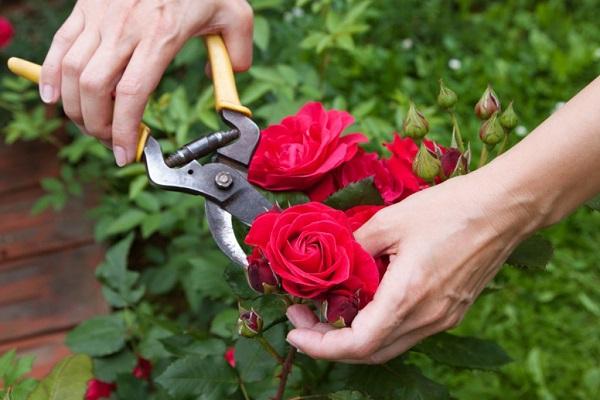
Plant protection from diseases and pests
The plant can face parasite attacks or the development of diseases. Of the pests, the culture is more susceptible to leaf rollers, ticks, leafhoppers, and rose aphids. To cope with the problem, you should adhere to these recommendations:
- normalize moisture parameters - the appearance of mites is due to increased dryness of the air and soil;
- remove detected pests and their larvae;
- check all plant fragments;
- if there are a lot of pests, it is better to dispose of the bush;
- in a mild degree of damage, insecticides should be used - Spark or Karbofos;
- Acaricides help to cope with ticks - Flumite, Fufanon.
As for diseases, the culture is often faced with the development of powdery mildew, gray mold, rust. To deal with the problems, it is worth doing the following:
- cut off the affected fragments;
- eliminate factors that affect the development of fungi;
- renew the topsoil and water the soil with fungicides;
- treat the culture with antifungal drugs - Skor, Fundazol, Topaz.
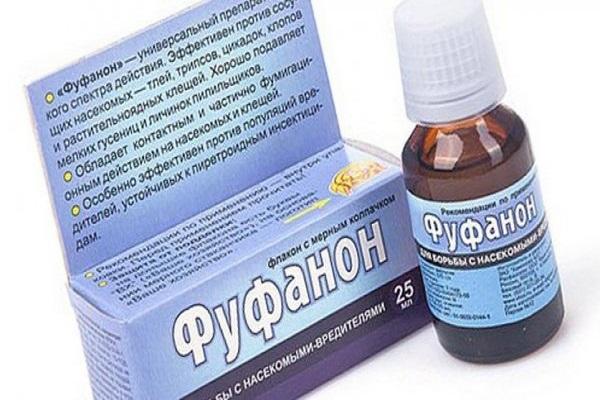
Flower propagation
Culture propagation is carried out by cuttings. To do this, you should do the following:
- cut lignified branches;
- cut cuttings 8 centimeters in size;
- make a bottom cut at an angle of 45 degrees;
- remove thorns from cuttings;
- process the sections with phytohormone products;
- make holes for a plant with a depth of at least 15 centimeters;
- cover the bed with foil, periodically ventilate and water it;
- add a little fertilizer to the water when watering.
Cuttings should be grown for 2 years. In the third year, it is permissible to move the bushes to a permanent place.
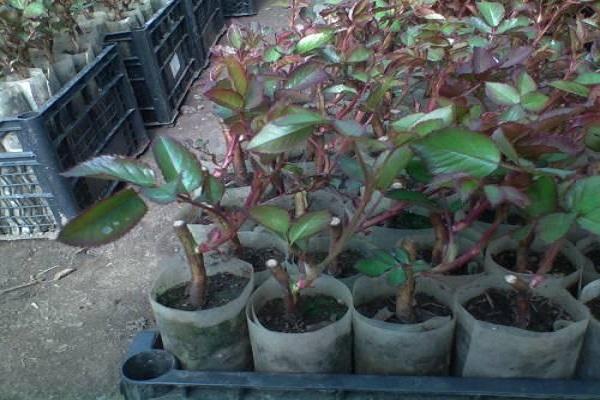
Application in garden design
Roses of this variety can be used to decorate flower beds. They go well with other cultures. In addition, cut flowers are perfect for making spectacular bouquets.
Rose Kimono is a wonderful ornamental plant that is actively used in landscape design. This culture is considered very unpretentious, therefore it is very popular with gardeners.

